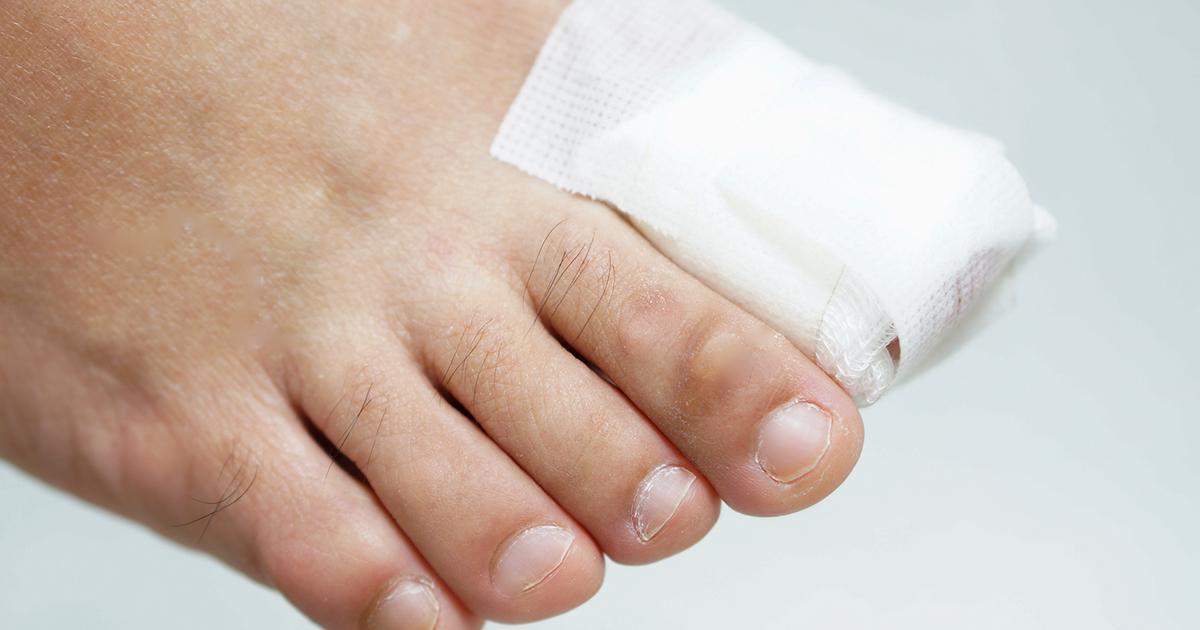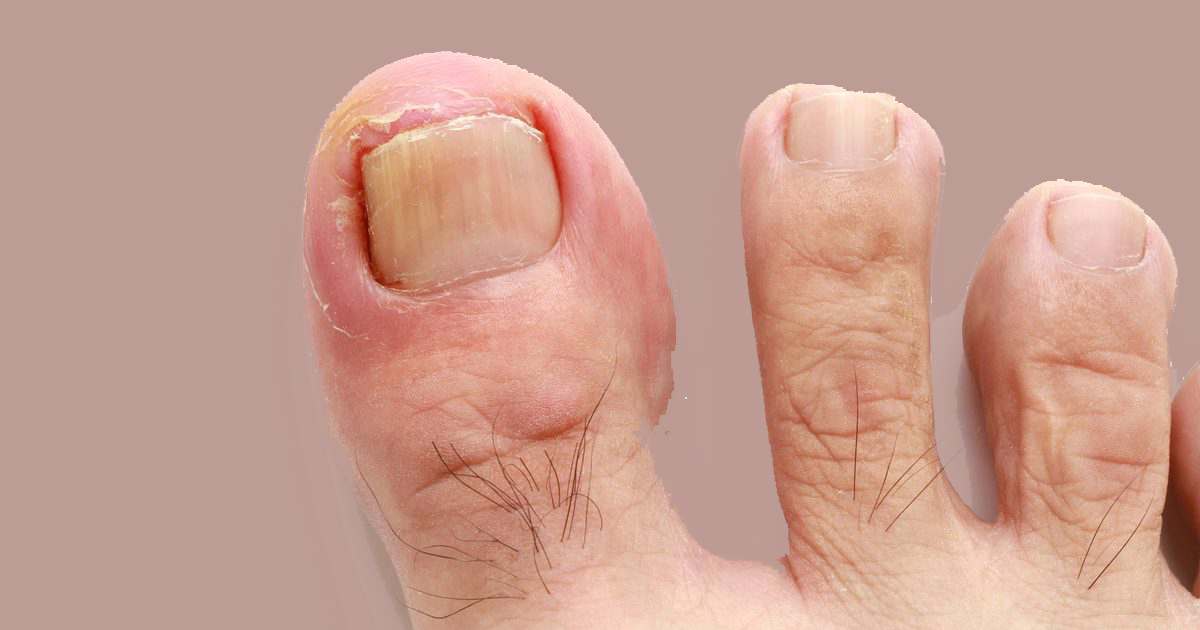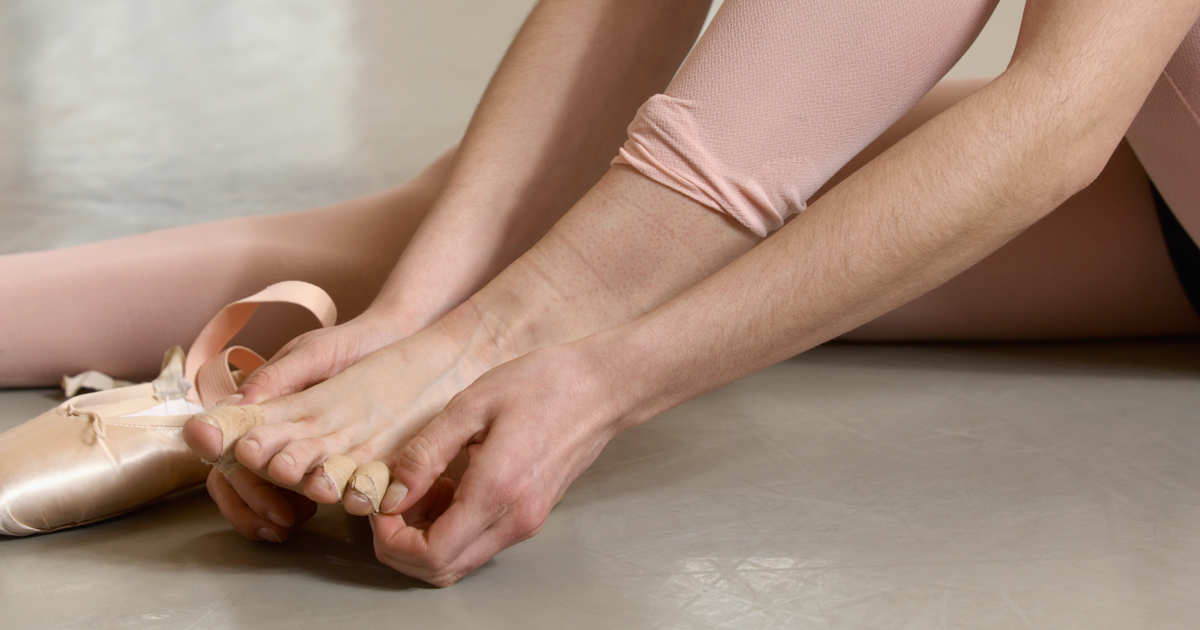Symptoms Of Ingrown Nails To Watch For
Ingrown nails, medically known as onychocryptosis, are a condition in which the edge or side of a nail grows into the surrounding skin. Toenails are much more likely to become ingrown than fingernails, and the nail of the big toe is particularly susceptible. Ingrown toenails can result from improper nail trimming methods or from wearing shoes that are too tight or too small. Ingrown nails can typically be treated with home care and often resolve within a few months. If there are complications, antibiotics may be needed to combat infection, and surgery to remove the entire nail is needed in severe cases. Some individuals may have more than one ingrown nail at a time, and many will have several ingrown nails in their lifetime. Diabetes patients and individuals with other foot or nail problems are at an increased risk of developing an ingrown nail. Primary care doctors, dermatologists, and podiatrists can all provide treatment for this condition. Let's examine the symptoms of ingrown nails more closely.
Pain And Tenderness

Pain and tenderness are some of the early symptoms of an ingrown nail. The pain may occur in the skin of the toe or finger and may be present on one or even both sides of the nail. Pain may cover a large area of the affected digit and can make tasks like walking, writing (for ingrown fingernails), and wearing shoes quite unpleasant. Some patients may be able to reduce their pain by changing their shoes, going barefoot, or wearing fluffy socks for a few days without shoes. Using a foot bath may be soothing as well. Over the counter gel and foam cushions are available to protect ingrown nails from further damage, particularly the squeezing and increased pressure placed on a nail inside of shoes. Patients who experience increasing or severe pain for several days may need to take pain relievers to control their symptoms, and they should consider seeing a doctor to rule out any potentially serious issues.
Learn about the next ingrown nail symptom now.
Swelling

Medically known as edema, swelling is commonly associated with ingrown nails and can cause discomfort. Patients should avoid friction and pressure on the nail to reduce potential swelling. This may include going barefoot when possible or resting feet or hands by elevating them on pillows or blankets. Ice packs, cooling sprays, and cooling gels containing menthol may help provide temporary pain relief and greatly reduce the amount of edema. The affected toe or finger should be thoroughly wrapped in a cushioning material to help preserve function and minimize symptoms. Edema can be indicative of a more serious issue and should be evaluated by a doctor or foot specialist, particularly if it increases in size. Patients who are concerned about their ingrown nail may wish to monitor swelling through the use of photographs to document any areas of concern.
Get to know more ways in which to spot ingrown nails now.
Tissue Infection

Tissue infection can occur if ingrown toenails are not treated promptly. Signs of a tissue infection include bleeding from the digit, a feeling of warmth around a nail, an overgrowth of skin next to or on the sides of the nail, the presence of fluid around the site, and the presence of pus. As the first line of treatment for infections, patients may wish to use an antibiotic cream such as neomycin. These creams are often available over-the-counter and can be applied up to four times a day. Attempting to lift the nail out of the surrounding skin may also help, and this can be done with a cotton ball and with specialized ingrown nail lifting devices available at pharmacies. For patients with advanced infections, stronger antibiotics may be required.
If the tissue infection does not subside, surgery may be performed to remove the ingrown nail. Podiatrists often perform these procedures. After the affected digit is numbed with a local anesthetic, the podiatrist probes the infected area to determine how deeply the ingrown nail is embedded in the skin. X-rays of the foot can aid in this determination. The podiatrist will then surgically remove all pieces of the ingrown nail and will check carefully along the sides of the nail bed to ensure no tiny splinters remain. The podiatrist will then apply an acidic solution along the sides of the nail to reduce the chance of future ingrown nails. An ointment will be placed on the nail to promote healing and reduce infection, and the digit will be carefully bandaged. This type of surgery has a ninety-eight percent success rate in preventing recurrence of ingrown nails. For patients who have nail thickening in addition to ingrown nails, it may be necessary to remove the entire nail. This procedure is also done with a local anesthetic and is known as a matrixectomy.
Uncover more symptoms of ingrown nails now.
Redness Around The Nail

Redness around the nail is often an early symptom of an ingrown nail. It is a sign of inflammation and is typically accompanied by edema in the area. The skin around the reddened area may become hard, and there may be discomfort or pain when pressure is placed on the area. Steroid creams can sometimes be useful to reduce inflammation and are available over the counter. Anti-inflammatory medication such as ibuprofen can help to reduce inflammation throughout the entire body and will also reduce pain. Since redness is often associated with swelling, ice packs or cooling gels may help provide temporary relief as well. Patients should carefully check the nail for any signs redness or edema may be spreading. They should feel the area for temperature and compare it with an unaffected digit to see if it is warmer. Redness, warmth, and swelling may all indicate the presence of an infection, and patients are advised to consult a doctor if these symptoms worsen or do not improve after ten days.
Keep reading to discover more indications of ingrown nails.
Presence Of Pus

Pus is one of the later symptoms of infection in an ingrown nail. If patients notice pus, the ingrown nail has likely progressed to the point home treatment will be ineffective, and professional care from a podiatrist or other doctor should be sought. If left untreated, an infected nail can lead to the need for antibiotics and more complex surgeries such as matrixectomies. Rarely, an infection can advance into the bone, and this may cause the surrounding skin to decay or even die. Infections can cause complications such as open sores, ulcers, and a loss of blood circulation in the area. Diabetes patients and individuals with cancer and other chronic health conditions are placed at additional risk from an infected nail. Instead of trying home treatments, these individuals should see a doctor right away so any present infection can be stopped in its early stages.